:format(jpg)/prod01/channel_3/assets/media-centre/image-library/Cover-photo-750X421.jpg)
The future of education is already here
But will universities be bold enough to embrace it?
December 14, 2021
The main role of modern education is to support the next generation of youth in taking on our brave yet slightly broken world
Transitional limbo
It’s not an understatement to say that universities will never be the same post-COVID-19. The future that everyone in the higher education sector has been forecasting for years arrived early and without any invitation. As the University of Wollongong’s (UOW) Vice-Chancellor Professor Patricia M. Davidson and Deputy Vice-Chancellor of Education Professor Theo Farrell wrote in The Australian: “The Covid-19 pandemic has forced universities to confront new challenges swiftly, exposing shortcomings that buoyant times had kept hidden or allowed to be overlooked.”
Despite global economic progress, environmental upheavals and the unprecedented growth of digital technologies, educational institutions have kept one foot in the past. Universities may be a beacon of change in many ways, not least in advancing scientific knowledge, but they’ve been slow to keep up with the modern times. That is until the pandemic forced change upon them.
During the first wave of COVID-19, most universities around the world moved their services online with remarkable speed and efficiency. It was a mammoth task, encompassing the redesign of subjects for online delivery, training the academic staff in the use of online learning platforms, and putting in place emergency resources (such as laptop banks) to ensure student access.
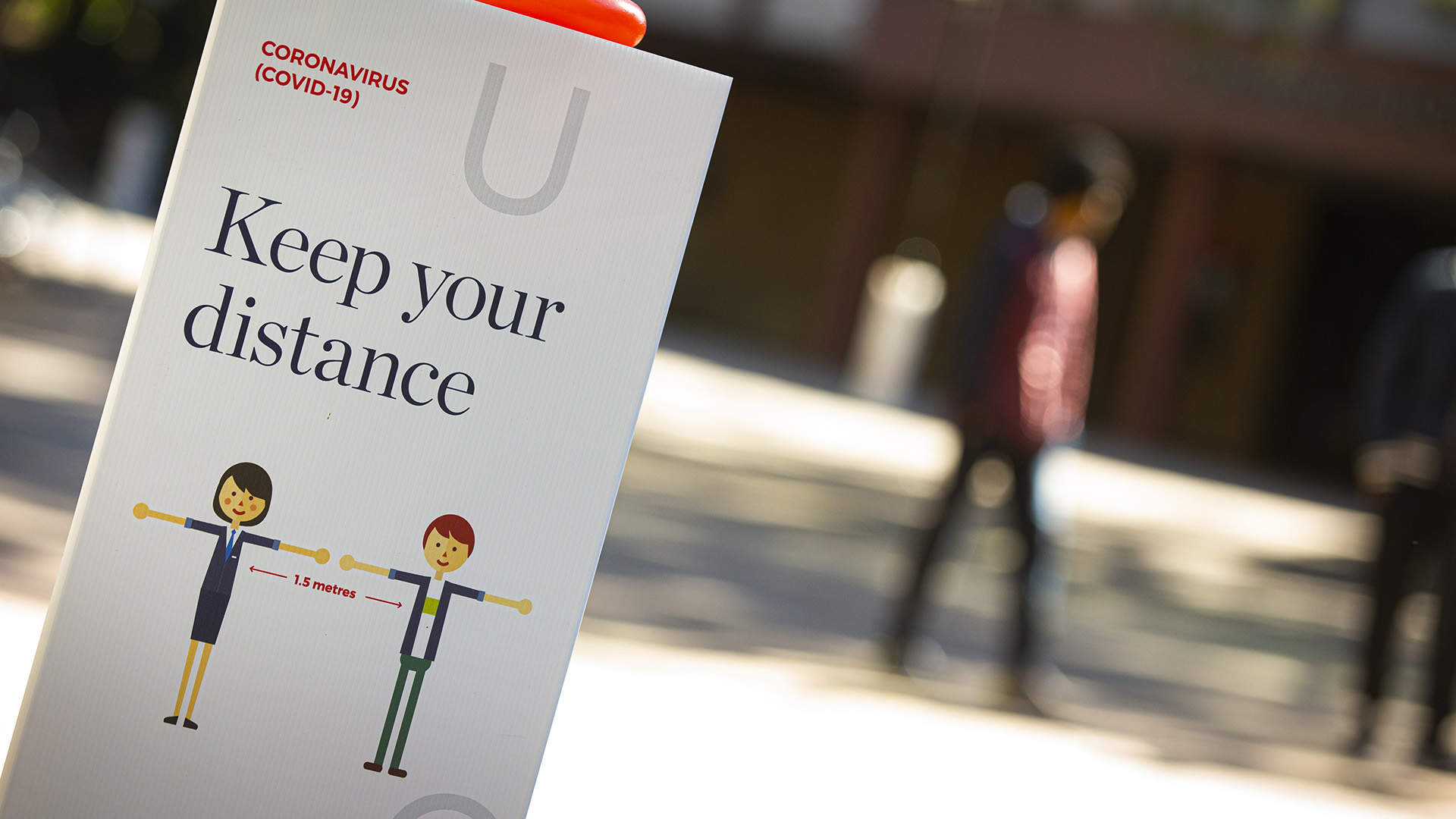
In April 2020, UOW closed for two busy weeks while working behind the scenes to deliver 80 training webinars to over 1,700 staff and to brief the teachers on how to best support their students. There were many late nights, check-in surveys and mountains of data. To everyone’s relief, the system seemed to have worked well – the University was later recognised for its successful transition to online delivery, receiving the Australian Financial Review 2020 Higher Education Award for Learning Experience.
Yet when the world reopened again in 2021, it brought back all the big feelings about the new normal: excitement and anxiety, elation and stress. This period of transitional limbo has also unearthed the ultimate paradox: innovative, digital-enabled learning opportunities beyond humans’ dreams sitting alongside the fear of the unknown. Suddenly, we’ve been asked to both carry out a deep reflection and speedy action, simultaneously.
Such duality of expectations can be terrifying. Yet, as Elizabeth Gilbert says in her book Big Magic: “We’re all adults, and I think we can handle it. I think we can all hold two mutually contradictory ideas at the same time without our heads exploding.”
So, let’s give this one a try and imagine the university of the future – a bold institution that’s both an instigator of change and a repository of universal, timeless knowledge.
Customised and personalised
The World Economic Forum recently reminded us that natural disasters and pandemics have always worked as a tipping point for innovation. COVID-19 has super-charged growth of the ed-tech sector, popularising online learning software, video conferencing tools, language apps and virtual tutoring. While still somewhat imperfect, online learning is guaranteed to stay for good. But the question remains: how do we connect when physically disconnected?
Professor Sue Bennett, UOW’s Executive Dean of the Faculty of the Arts, Social Sciences and Humanities, has been involved in educational technology research for almost 30 years. She argues that the future of education lies in a more purposeful, well-informed strategy fuelled by customisation, personalisation and flexibility. What works for one group of students won’t be ideal for another. In the perfect world, Professor Bennett says, we would tailor-make programs to suit individual needs. For example, suppose a student temporarily has to stay off-campus due to illness or caring responsibilities. In that case, they should be able to move their study experiences online after discussing their unique situation with the academic advisors.
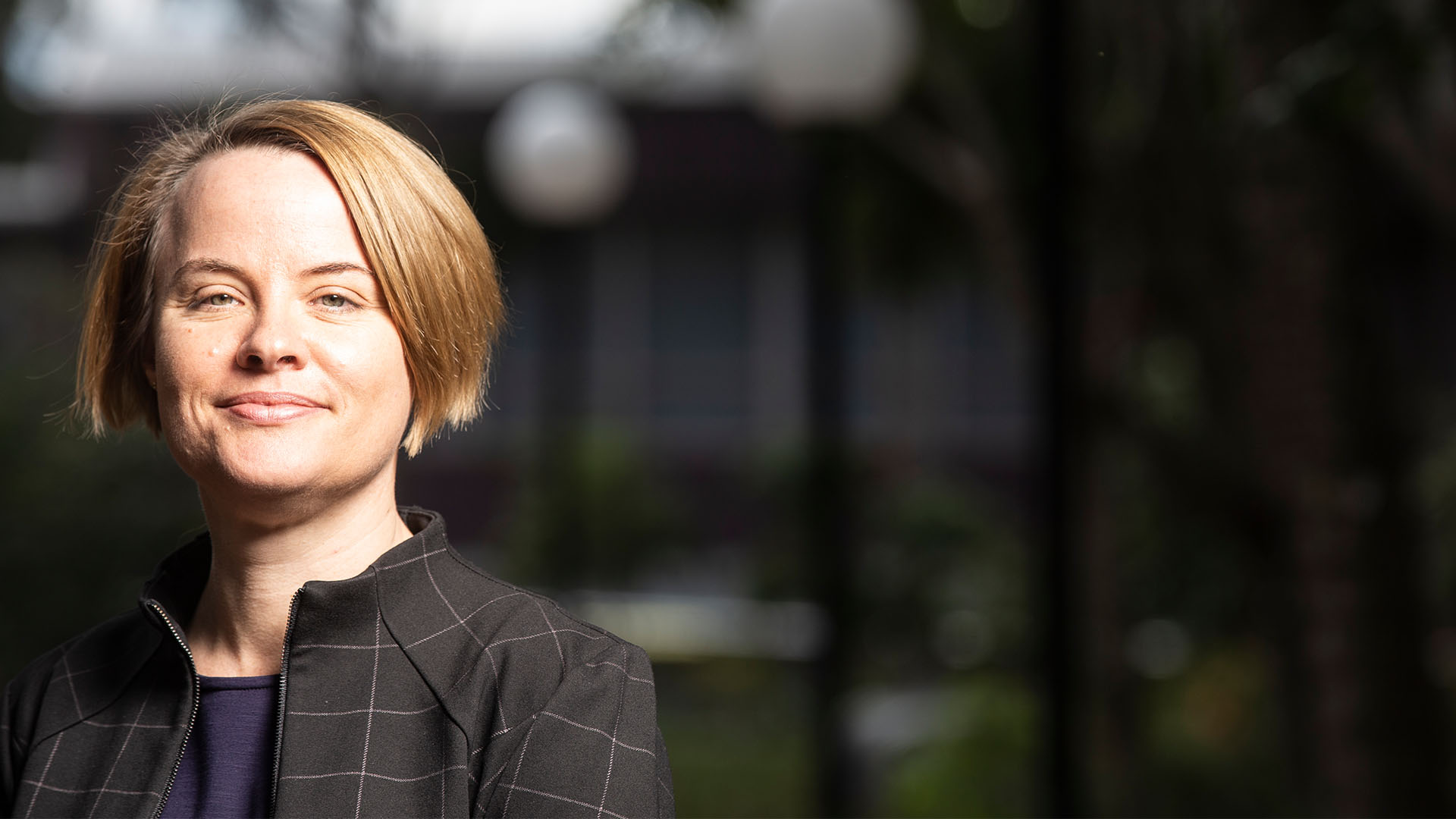
“In general, technology is meant to give us more freedom and flexibility. In its true sense, personalisation is the best embodiment of that. Yet too often personalisation is a code for experiences that are pre-packaged and delivered to us based on an algorithm that attempts to anticipate our needs. I think that we should be moving towards customised personalisation that allows a student to co-design their learning experience more actively themselves rather than leaving it up to computer software,” Professor Bennett says.
Social animals
While the blended learning model of the future may work ideally for our interconnected, busy lives, there’s one thing that it can’t replace – the human connection. We’re all social beings and our brains are shaped and expanded in continuous exchange with other people. Neuroscientists attribute this phenomenon to the synchronisation of neurons. Professor Leonhard Schilbach, a social neurobiologist from the Max Planck Institute of Psychiatry in Munich, explains that: “social cognition is fundamentally different when you’re directly engaged with another person as opposed to just observing them.”
The benefits of social interaction are invaluable – they’re the essence and the basis of our humanity. In the African Bantu language, there’s a beautiful notion of ubuntu – it means that a person becomes a person only through other people. So, in a quest to modernise higher education, the leaders cannot forget that learning is also an act of social becoming: a value-led citizen, a compassionate friend, a brave inventor and a conscious entrepreneur.
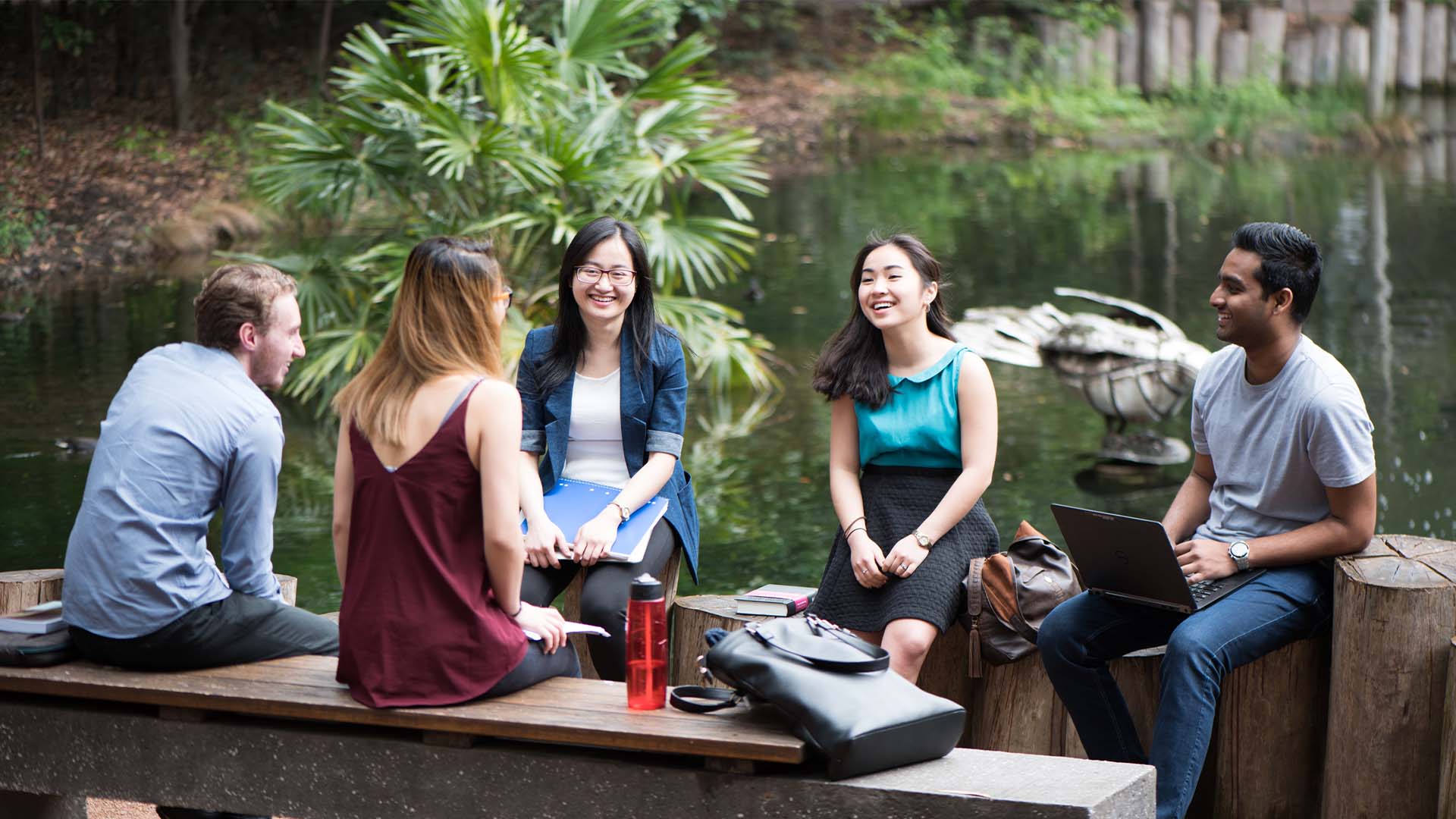
“When the pandemic started and we had to shift learning online as a crisis response, everyone was thrust into change and forced to use technology. It was difficult, at first, to maintain the same level of interaction while continuing to do what as an institution we do best, which is to teach and engage our students,” Professor Sue Bennett explains.
While UOW stayed online, the School of Education introduced the drop-in sessions for students to check their progress and wellbeing, while also gathering feedback on their satisfaction with online learning.
“What we’ve realised is that the students appreciated the quality of digital tools, but they missed their out-of-class, on-campus experience."
"This reminds us that education is not only what happens inside the class, but – and this may sound controversial – it’s the interactions, discussions and meetings outside, on the campus, that make up the fabric of student life. That’s irreplaceable online, and the students need it back,” Professor Bennett says.
Coming of age
Why do young people choose to study? The traditional answer would be “to become job-ready”. In other words, to obtain a good degree and find a meaningful and well-paid job. But there’s always a second, subconscious goal – it is to experience the coming-of-age stage of life while cultivating relationships and skills that will benefit young people not only as employees but as humans.
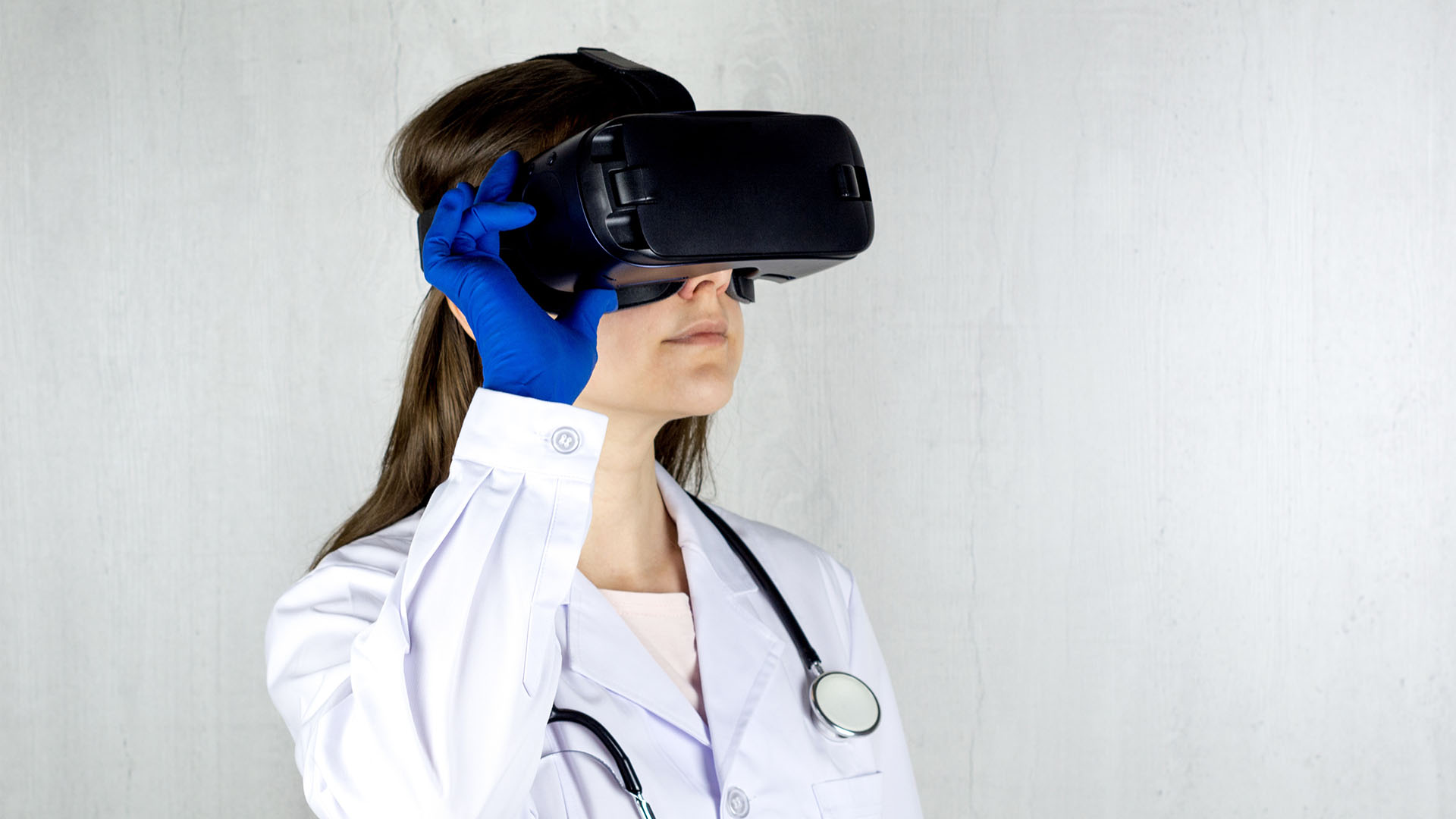
In The Future of the Professions: How Technology Will Transform the Work of Human Experts, Richard and Daniel Susskind explain how “increasingly capable systems” – from telepresence to AI – will bring fundamental change in the way many professions work. “In a technology-based Internet society, we will neither need nor want lawyers, accountants, doctors, teachers, architects, consultants, the clergy and many others to work in the way they did in the 20th century,” the authors claim.
What the Susskind duo means is not that technology will wipe out all professional jobs, but that they’ll be transferred over to these increasingly capable automated systems. Humans will have to shift from operational to supervising roles, and overall, the professional expertise will become more accessible and affordable.
“Transformation is already underway. In 2015, more people signed up for Harvard’s online courses in a single year than have attended the actual university in its 377 years of existence,” Richard and Daniel Susskind conclude.
The skills of the future
The move towards the future of work means that the current skill set that the students acquire at universities may soon become outdated. According to the World Economic Forum, one-third of today’s global skills will become obsolete by 2025, and by 2030, we will need to reskill or upskill more than one billion people.
Israeli historian Yuval Noah Harari believes that the future of humankind depends on how flexible we will become in the face of the exponential growth of technology.
“In the 21st century, we are flooded by enormous amounts of information. If you live in some provincial Mexican town and have a smartphone, you can spend many lifetimes just reading Wikipedia, watching TED talks and taking free online courses. In such a data-rich world, the last thing a teacher needs is to give the pupils more information,” Harari writes in his bestselling book, 21 Lessons for the 21st Century.
In 2017, the Foundation for Young Australians (FYA) released a report, which predicted that people now entering university would potentially go through 17 jobs across five different career paths throughout their lifetime. So instead of being flooded with facts, young people will need the skills to make sense of the world, discerning what’s true and what’s not. And above all, they’ll have to possess great reserves of mental flexibility and emotional balance to reinvent themselves many times over.
So, which skills should educational institutions be fostering?
Yuval Noah Harari calls them “the four Cs” – critical thinking, communication, collaboration and creativity. He also suggests that schools should generally downplay technical mastery and emphasise general-purpose life skills.
"Unfortunately, teaching kids to embrace the unknown and to keep their mental balance is far more difficult than teaching them an equation in physics or the causes of the First World War. Because you cannot learn resilience by reading a book or listening to a lecture," Harari explains.
The art of asynchrony
Asynchronous education describes all learning activities, discussions and assignments that engage students in learning at their own pace. Dr Alyce Mason, Deputy Director of the Learning, Teaching and Curriculum (LTC) unit at UOW, thinks that while the pandemic has highlighted areas that need reform, it also helped to strengthen the vision for the future of education at UOW.
After almost two years of on-off experience with online learning, students have become quite discerning – and vocal – about the quality of education. They disapprove of disorganised or inconsistent online subject sites with limited instructions, and quickly disengage when given repetitious content such as outdated lengthy lecture videos and pointless YouTube clips. They’re also adamant about keeping a few areas that flourished during lockdown – an access to self-paced study and a smooth interaction with their teachers.
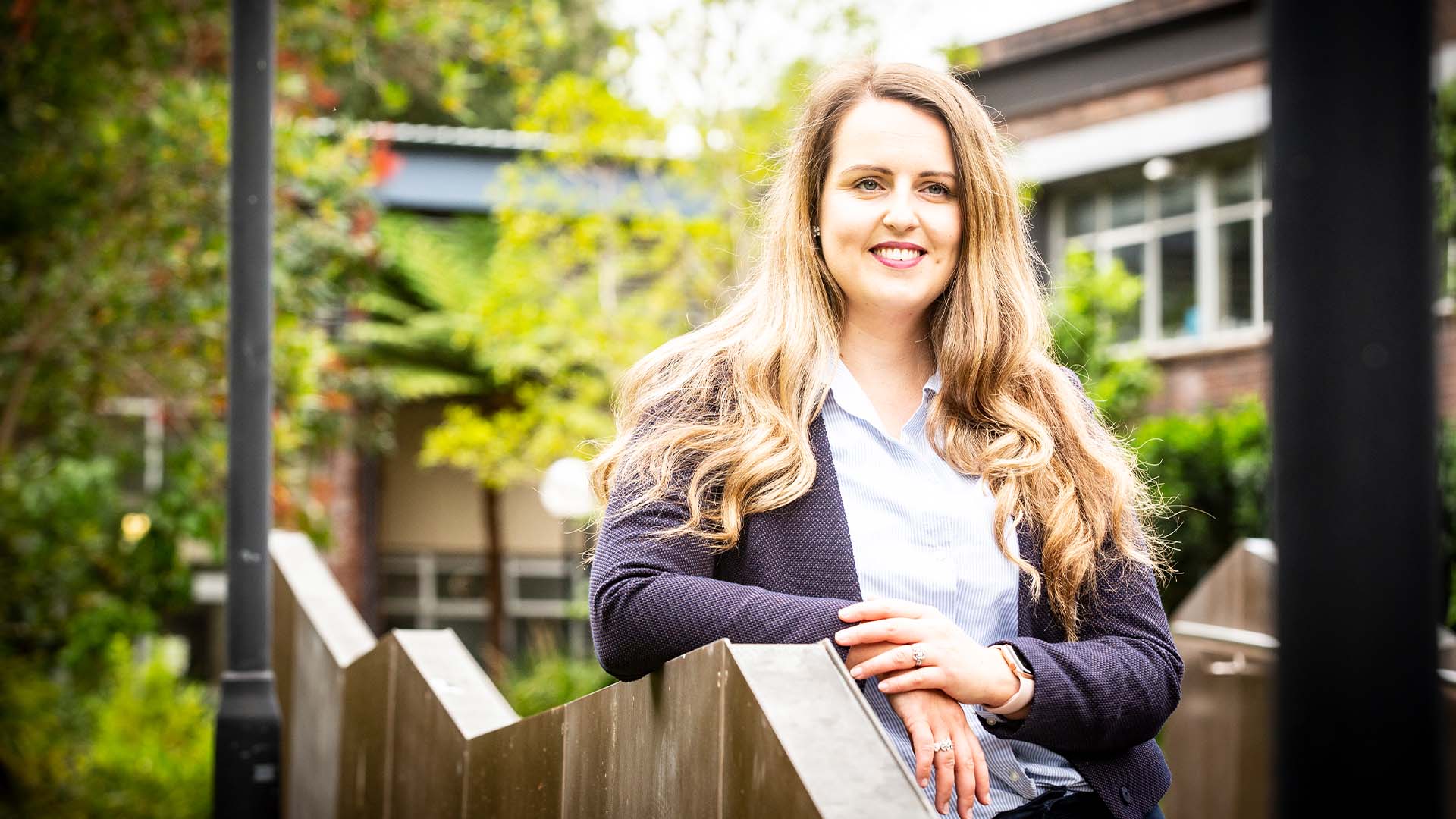
“Students have let us know that they want flexibility, connection and choice. So, as education providers, we need to regroup and relearn relational and resilient ways of teaching. We should also be reflective and assess how we can pivot to models that challenge traditional views of time, location and space.”
“For example, in LTC, we are exploring intentional blended learning design that asks: which learning experiences should happen in person (in real-time) and what can be self-paced, to guide decisions about the right blend of on-campus and online” Dr Mason explains.
One of the issues that has become evident is digital inequality, which can be defined as unequal access to the internet and digital devices, as well as discrepancies in digital skills and engagement.
As Professor Sue Bennett’s research proves, digital literacy is not a given, even among younger generations. So, in a quest to modernise, we should always factor in students “on the wrong side of the digital divide” who may stay detached from the benefits of blended education.
“Proficiency with technology is critical to living well in our global, networked society. But not everyone has the same opportunities and digital inequality becomes a real, pervasive and increasingly nuanced problem,” Professor Bennett explains.
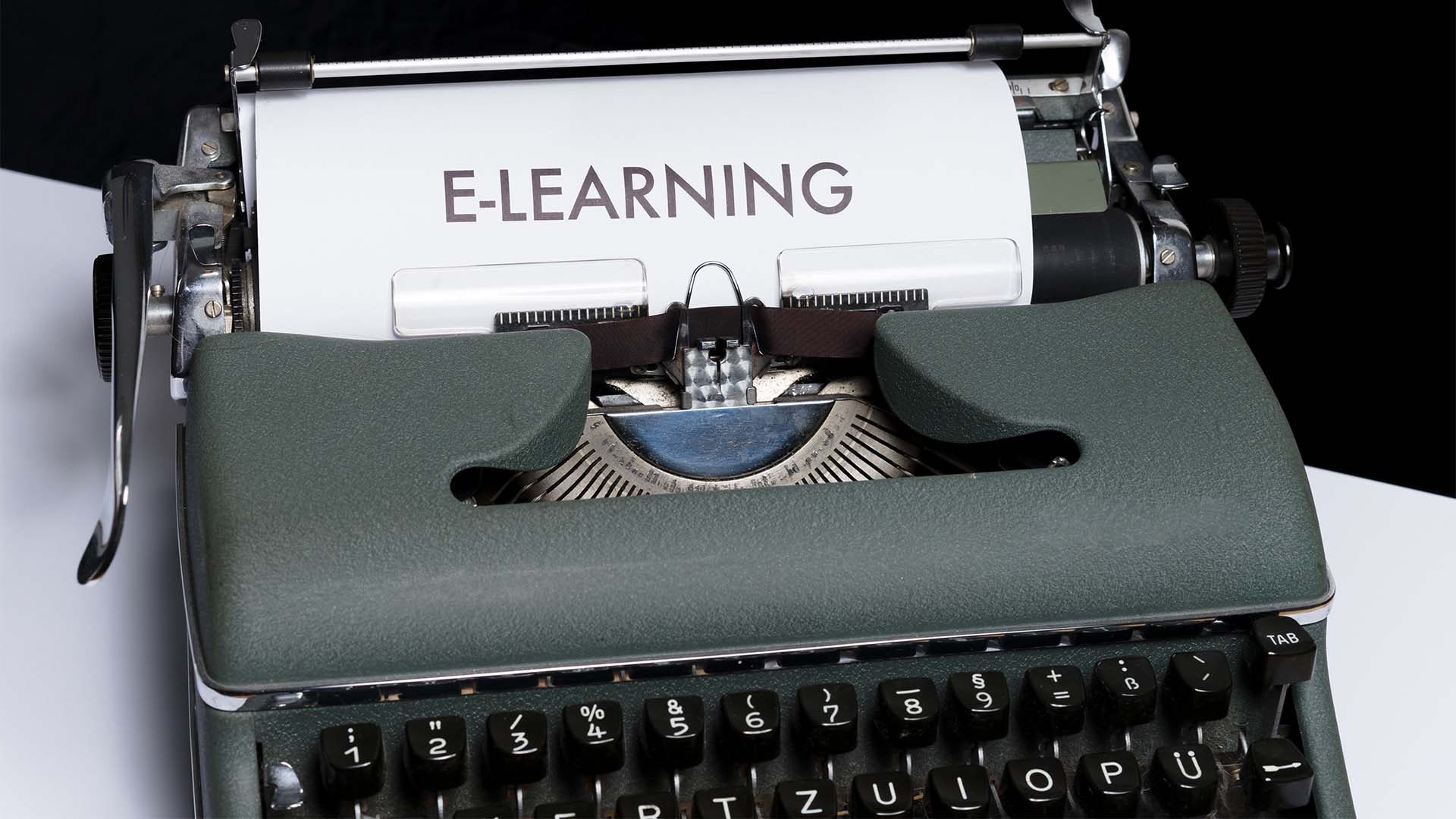
Education 4.0
In a future that’s closer than some of us can fathom, many of today’s children will work and study in new types of arrangements, with technology-enhanced living a norm, not a revolution. A simple “learn-then-work’’ trajectory, as Heather E. McGowan writes in The Adaptation Advantage, will shift to “work-learn-work-learn-work-learn”. We’ll be the students of life not just for a few years, but continuously.
According to the UNESCO Institute for Statistics, an estimated 120 million people will be in higher education by 2030, with 2.3 million studying overseas. By that time, we’ll probably have implemented hybrid higher learning that caters to individual needs by being accessible 24/7. The well-planned and sustainable campuses will continue to thrive, possibly becoming the hives of informal learning activity, as long as they serve as multi-purpose spaces: allowing students to hang out casually but also to brainstorm fresh start-up ideas and come up with scientific (or business) discoveries.
Still, let's not forget that education is first and foremost about people. UOW's Deputy Vice-Chancellor of Education Professor Theo Farrell says that “the trick is how to harness technology to empower a person-centric view of education.” Therefore, universities must not lose sight of academic staff in this technology-rich future while continuing to work in partnership with students to give them more say over their learning journeys.
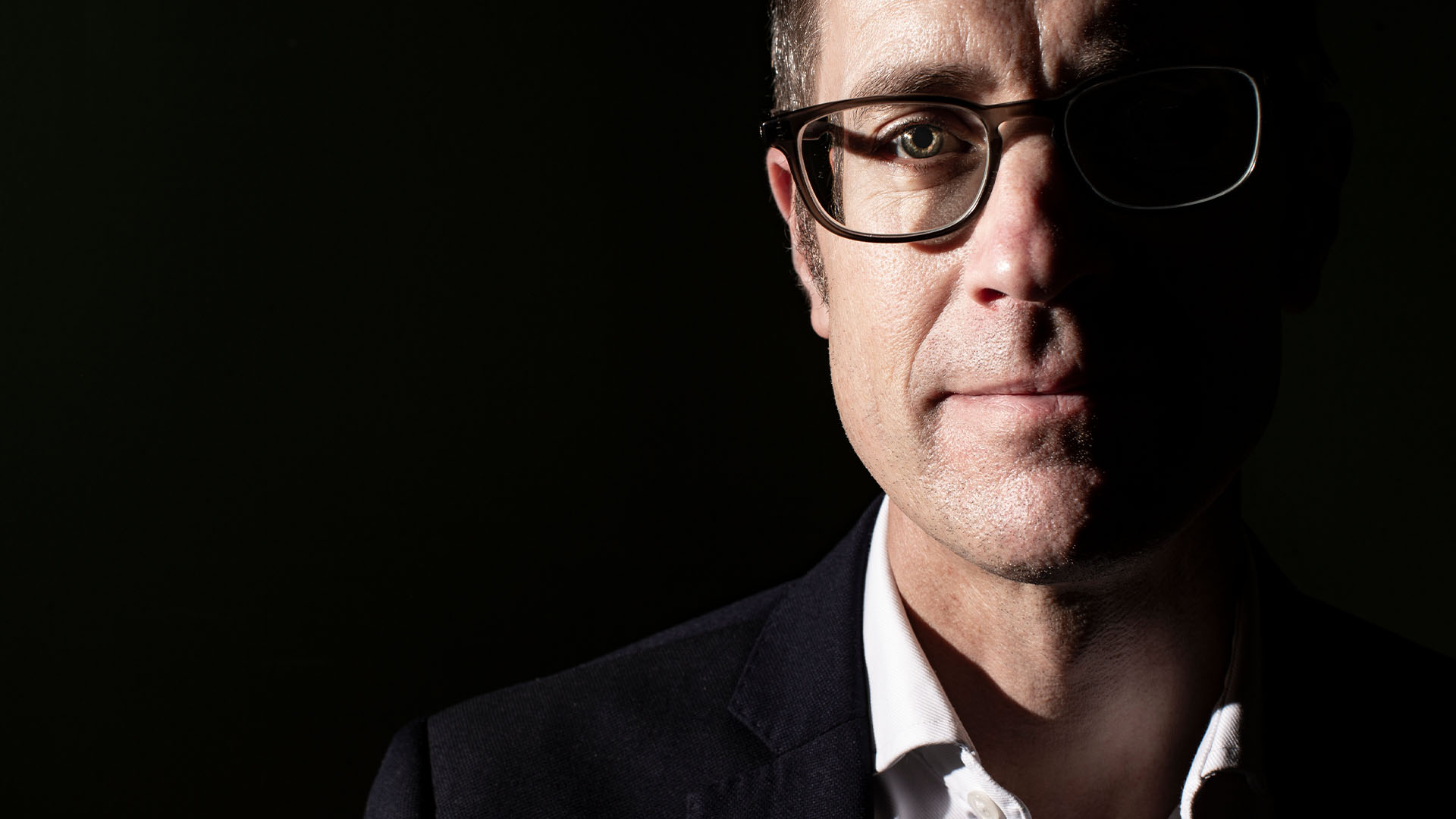
Looking ahead, Professor Farrell sees much hope for the future of higher education. “How universities across Australia and globally rose to the challenge of COVID-19, undertaking wholesale digital transformation in a matter of weeks, was nothing less than staggering,” he notes.
The traditional strengths of universities – founded on the culture of inclusiveness, inquiry and the centuries of learning – will prevent private providers from displacing their central place. Professor Farrell argues that “instead, we are likely to see complex higher education ecosystems emerge, with universities working with a range of ed-tech companies to leverage new digital technologies to power learning.”
Humans have an innate need to get awe-inspired by new concepts and ideas.
So, in a sense, the education of the future may become an art of self-curation, full of pieces spanning art, business, science, psychology, design, philosophy, history, politics, anthropology and more; elements that enrich our mental pool of resources and make us resillient and malleable. And just as everything else evolves, universities will be changing too, all while holding the hands of future generations and getting them through various life experiences and rites of passage.